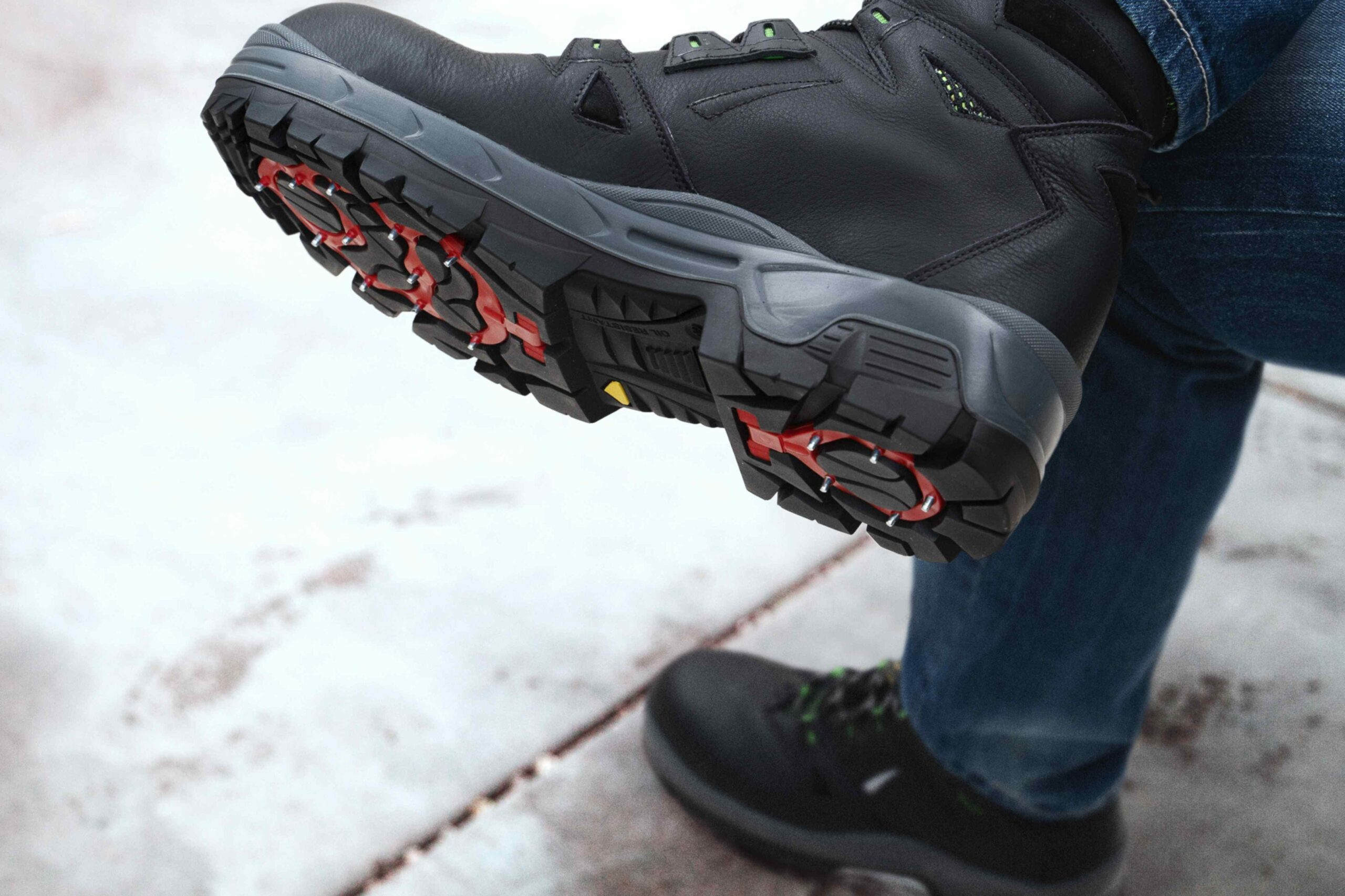
Within this article I will tell you about the most important characteristics and differences of materials that can be used for the production of footwear soles in order to offer an exhaustive overview on the topic.
We went a long way since the first materials used for the bottoms of our shoes. At the beginning natural elements such as wood and leather were masters and then we gradually switched to the world of synthetic, arriving to the first experiments of old tires that, used as rubber, acted as prototypes of what we would then develop over time.
The fashion and the footwear industries have always been imprinted with a constant improvement linked to the change in the needs of the public, and this has given us the opportunity to proceed towards an evolutionary process of the different types of materials.
Nevertheless, it is not easy at all to understand the real features, polarities and similarities of these components, and our intention in this article is precisely to try to clarify this.
The three main elements to take into account when talking about plastic materials are:
- technical characteristics;
- workability and printability;
- elements of aesthetic nature.
But let’s go into the details.
For convenience, it is useful to differentiate between two different categories:
A. Thermoplastic materials;
B. Reticulated/vulcanized materials.

Category A refers to the family of so-called thermoplastics, this basically means that when we rely on these components, through the help of temperature we manage to maintain a material as plastic as possible and then, through the compression process, we are able to obtain the desired shape. This family includes TPU, TR and PVC, etc..
TPU is a polyurethane characterized by a polymer chain, which basically mean that we face an open chain according to which an artifact can be shredded and reinserted within the production process. This material involves a much more environmentally friendly production process than other components, as the waste material can be recovered.
Immediately afterwards we find TR, a thermoplastic rubber without vulcanizants, light and recyclable and finally PVC or polyvinylchloride, a component whose raw material has a very low price and allows excellent workability.

Category B concerns those moldable materials such as Rubber, EVA and PU, three elements that are usually defined as vulcanized or reticulated, and by this we mean that in the production process we face a closed chain, which becomes stable and can no longer be split.
The cross-linking process regarding rubber and EVA, occurs throughout two effects, a chemical one and one linked to factors such as temperature and pressure, while in the case of PU, temperature and pressure do not take over so significantly.
Basically it is quite evident so far, that temperature is the main factor influencing the technical characteristics of a product, and it may depend on environmental properties or the so-called thermo-abrasion, resulting from friction and therefore from usury.
The increase in temperature corresponds to a decrease in abrasion and this inevitably leads to a reduction in what we call technical characteristics.
To sum up, in relation to the physical and mechanical characteristics, category B of the so-called reticulated materials provides us with stable technical characteristics over time, while category A of unstable ones.
In addition to tenacity and abrasion, a further segment that in the footwear sector plays a fundamental role is the specific weight or the so-called lightness. This means that all the aforementioned materials have a different weight and for a cubic decimeter, so a liter of material, the same mold can have a very different specific weight:
- Rubber: about 1.2kg
- TR 0.92/1.02kg
- TPU: 1.18/1.20 kg
- PVC 1.18/1.22kg
- PU 0.65kg
- EVA, the quintessential lightness, the weight varies according to the expansion, and the weight ratio can vary from 0.24 to 0.75.
Following the technical characteristics, the second factor that must be taken into account is printability or workability.
As a matter of fact, the number of processes that have to be carried out affects one fundamental aspect, namely the price. A component such as rubber, for example, hasn’t got a particularly high cost in terms of raw material, but the number of processes required for processing to a finished product is quite significant, unlike a material such as EVA, whose price of the raw material tends to be higher, but the number of processes is much lower.
The price is basically defined on the basis of the cost of the raw material and the number of transformations.
The last factor that must be analyzed before deciding which material to address, is certainly the aesthetic element, while acquiring better technical characteristics, we tend to lose elements related to the aesthetics of the final product and vice versa.
Personally in AL. PI with the patented Ocsystem system we try to find the right compromise between durability and aesthetics, while for the realization of a product of daily use you can opt for our Commodo, designed to make itself extensible in width in order to facilitate its use and adapt to any form of foot.
In summary, it is necessary, as always, to detect the right balance in order to make the choice that best meets our needs.
And if you still have any doubts, do not hesitate to contact us for some advice or simply to have our support in the choice of the best material for the realization of your sole.


